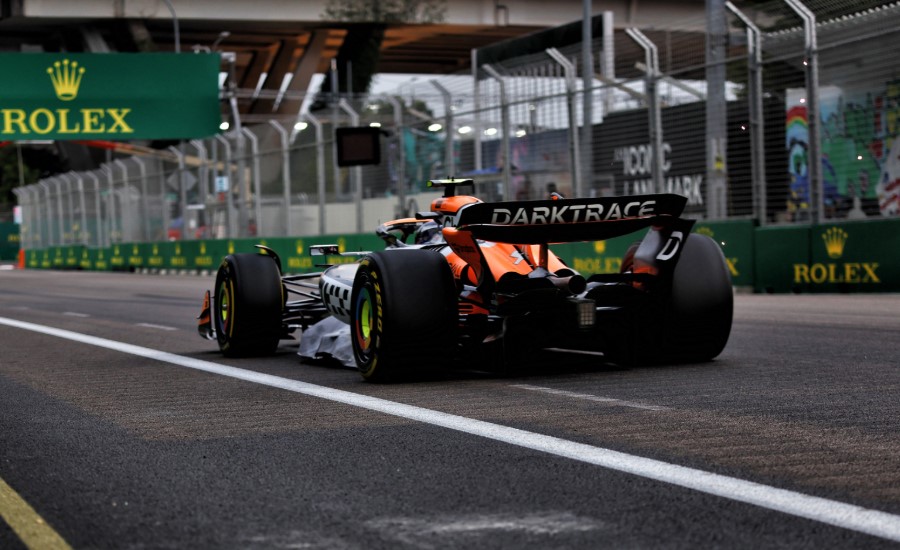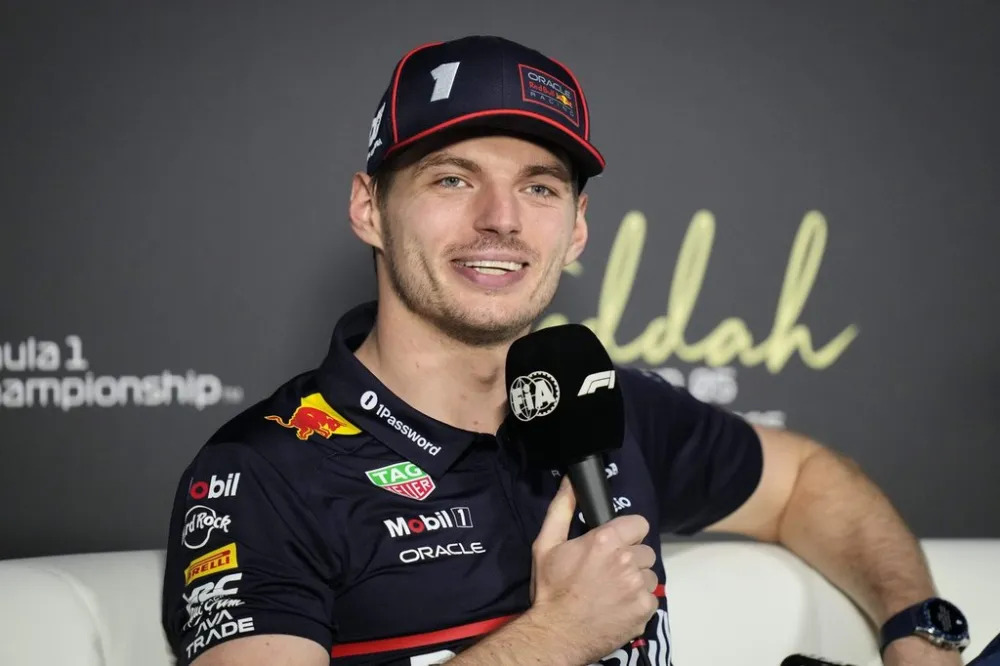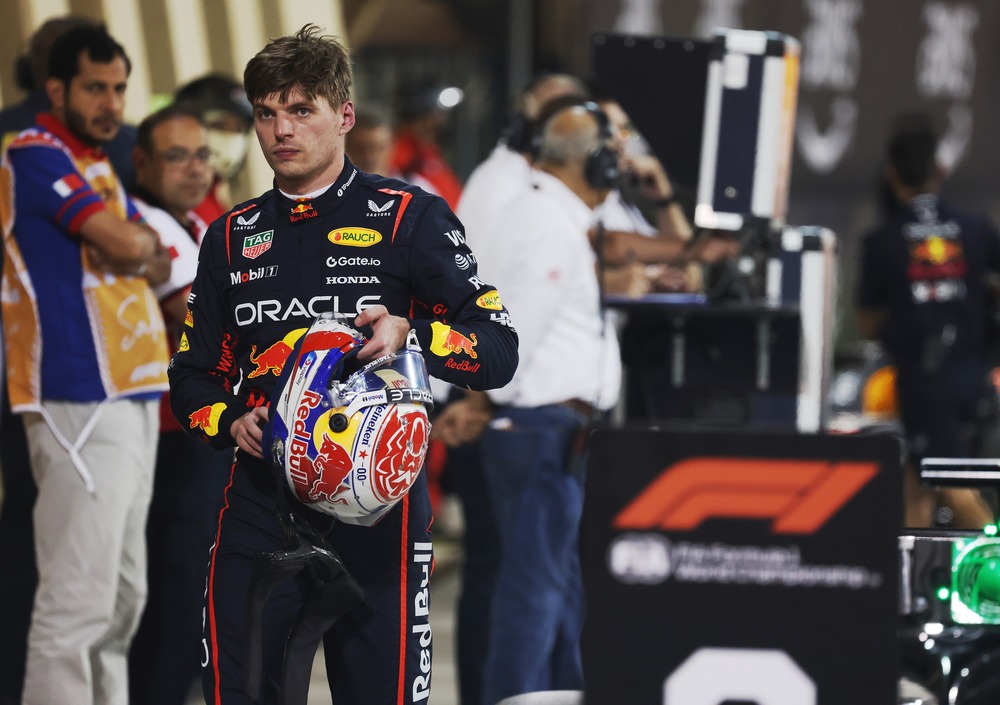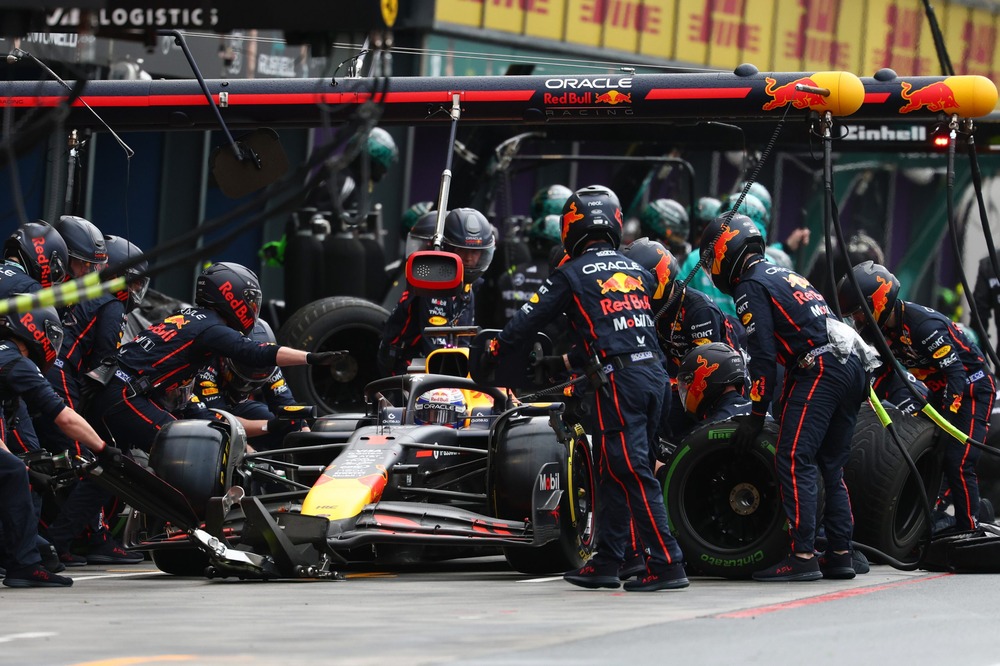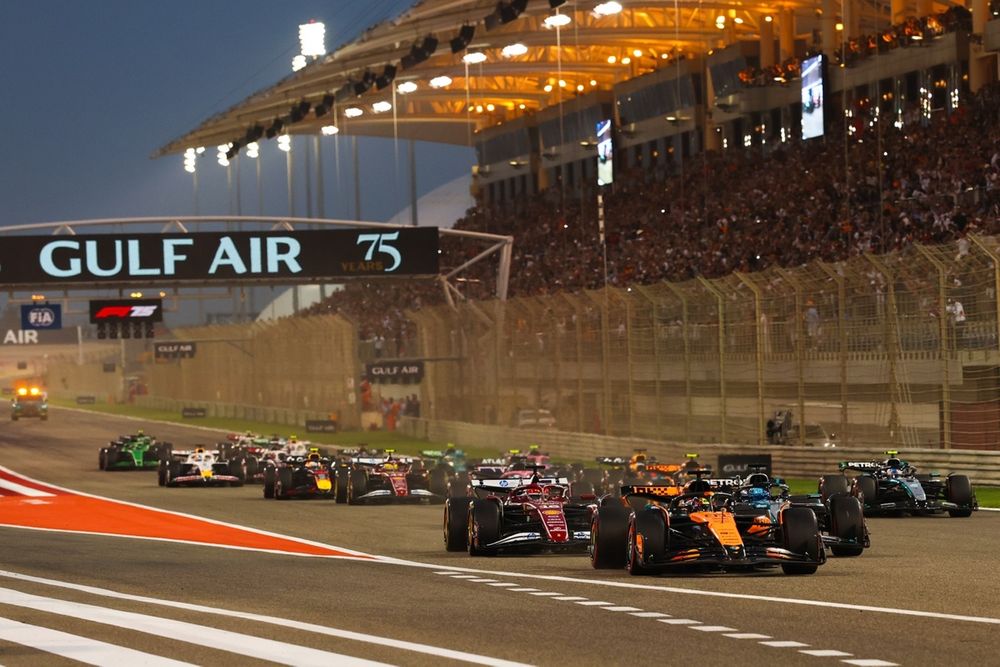The recent controversy surrounding McLaren’s rear wing design has ignited a huge debate culminating in the FIA’s call for modification to the DRS component.
This decision follows a series of events that began at the Azerbaijan Grand Prix, where Oscar Piastri’s impressive victory brought attention not only to his performance but also to the innovative engineering behind the MCL38.
McLaren’s rear wing, which had passed all regulatory tests, was scrutinized after footage revealed its upper flap exhibiting unexpected flex under load at high speeds, creating what some have termed a “mini-DRS” effect.
Despite being deemed legal by the FIA, the wing’s design raised eyebrows among rival teams particularly Red Bull Racing, who questioned its compliance with F1 regulations.
The FIA confirmed that McLaren’s rear wing met all necessary criteria concerning flexibility and dimensions. However as tensions rose and discussions intensified the team proactively decided to modify the wing to maintain good relations with the governing body and other teams.
In a statement released ahead of the Singapore Grand Prix, McLaren acknowledged that while their rear wing complied with regulations, they would make minor adjustments following conversations with the FIA.
The statement read: “Whilst our Baku rear wing complies with the regulations and passes all FIA deflection tests, McLaren have proactively offered to make some minor adjustments to the wing following our conversations with the FIA.
“We would also expect the FIA to have similar conversations with other teams in relation to the compliance of their rear wings.”
The implications of this decision are substantial. The rear wing’s ability to flex and reduce drag at high speeds provided McLaren with a competitive edge that could be likened to activating DRS without actually engaging it.
This phenomenon allowed for increased straight-line speed while optimizing downforce during cornering.
The controversy highlights a broader issue within F1 regarding the interpretation of regulations and the fine line between innovation and compliance. As teams strive for performance gains, they often explore the limits of what is permissible under F1’s complex technical regulations.
The FIA has made it clear that they are closely monitoring all teams’ rear wing designs and will take action if any component is found to be in violation of the established rules. This vigilance is part of a broader effort to ensure fair competition and maintain the integrity of the sport.
The governing body retains the authority to revise regulations as necessary, particularly if new evidence emerges that suggests a need for tighter controls on aerodynamic components.
The decision to modify McLaren’s rear wing comes amid mounting pressure from rival teams and a desire to avoid further scrutiny. Chief designer Rob Marshall previously stated that the team had been in constant communication with the FIA regarding their car’s legality.
However, this proactive approach contrasts sharply with earlier statements asserting confidence in their design’s compliance.
Just before the confirmation that McLaren’s rear wing had been outlawed, team CEO Zak Brown appeared on Sky Sports F1’s broadcast to respond to Red Bull’s complaints.
“It’s passed every single test,” he said. “So I think this is Formula One, and it’s clever engineering, and the FIA is fine with it. So it’s business as usual.
“They’re fully aware of everything that’s on our race car, and they’re comfortable.
“So I think it’s inevitable, now that we’re leading the championship, that everyone will be looking at our car and go ‘I’m not sure I like that and like that’, and that’s the nature of the game.”

